Non-Surgical Periodontal Treatments
For many patients, non-surgical treatments can effectively manage periodontal disease, especially in its earlier stages. These therapies focus on eliminating the bacteria and toxins responsible for gum inflammation and halting the progression of the disease.
Deep Cleaning (Scaling and Root Planing/ SRP’s)
This specialized cleaning removes plaque and tartar buildup from above and below the gum line. The procedure is performed under local anesthesia to ensure your comfort. Scaling removes deposits from the tooth surface, while root planing smooths the tooth roots to help the gums reattach and heal.
Local Antimicrobial Therapy
In certain cases, antimicrobial therapy may be used alongside deep cleaning. This involves applying targeted antibiotics directly into the periodontal pockets to reduce bacterial infection and inflammation. It enhances the effectiveness of scaling and root planing by addressing bacteria that mechanical cleaning may not fully eliminate.

Surgical Procedures
Osseous Surgery (Flap Surgery) with regeneration, using bone and soft tissue grafts.
If deep pockets and inflammation persist after deep cleaning and antimicrobial treatments, osseous surgery may be necessary. During this procedure, the gums are gently lifted to allow thorough removal of tartar and bacteria from deep periodontal pockets. The bone may also be reshaped to eliminate defects and reduce pocket depth, making it easier for patients and dental professionals to maintain long-term oral hygiene.
In cases where gum disease has caused significant loss of bone or soft tissue, bone grafts or soft tissue grafts may be recommended. Grafting encourages the regeneration of lost structures, helping to stabilize the teeth or support future implant placement.
There are several types of grafting materials and membranes available today, each tailored to suit the specific clinical needs of the patient. Dr. Sperling will determine the most appropriate grafting technique based on your unique situation, ensuring optimal healing and long-term success.
Dental Extractions and Bone Grafting
When a tooth must be removed, preserving the surrounding bone structure is essential—especially if future dental implants are being considered. Dental extractions with bone grafting offer a proactive solution to maintain the integrity of the jawbone after tooth removal.
Why Bone Grafting After an Extraction?
After a tooth is extracted, the surrounding bone naturally begins to shrink, often leading to a loss in height and width of the ridge. This bone loss can impact facial appearance, compromise future implant placement, and limit restorative options.
To prevent this, a bone graft is placed immediately after the extraction into the empty socket. The graft acts as a scaffold, encouraging your body to regenerate natural bone over time and preserving the shape and density of the ridge.
What to Expect During the Procedure
- The extraction site is gently cleaned after tooth removal.
- Bone graft material—either synthetic, donor, or from the patient—is placed into the socket.
- A membrane may be used to protect the graft, and the area is closed with sutures.
- Over the following months, the graft material will integrate with your natural bone.
Benefits of Extraction with Bone Grafting
- Maintains jawbone volume and contour
- Creates a strong foundation for future dental implants
- Reduces the need for additional grafting later
- Enhances long-term esthetic and functional outcomes
Dr. Sperling offers this procedure to help patients preserve their oral health and expand future treatment options after tooth loss. If you’re facing an extraction, ask about bone grafting to ensure the best possible outcome.
Flap Surgery

Bone Grafting
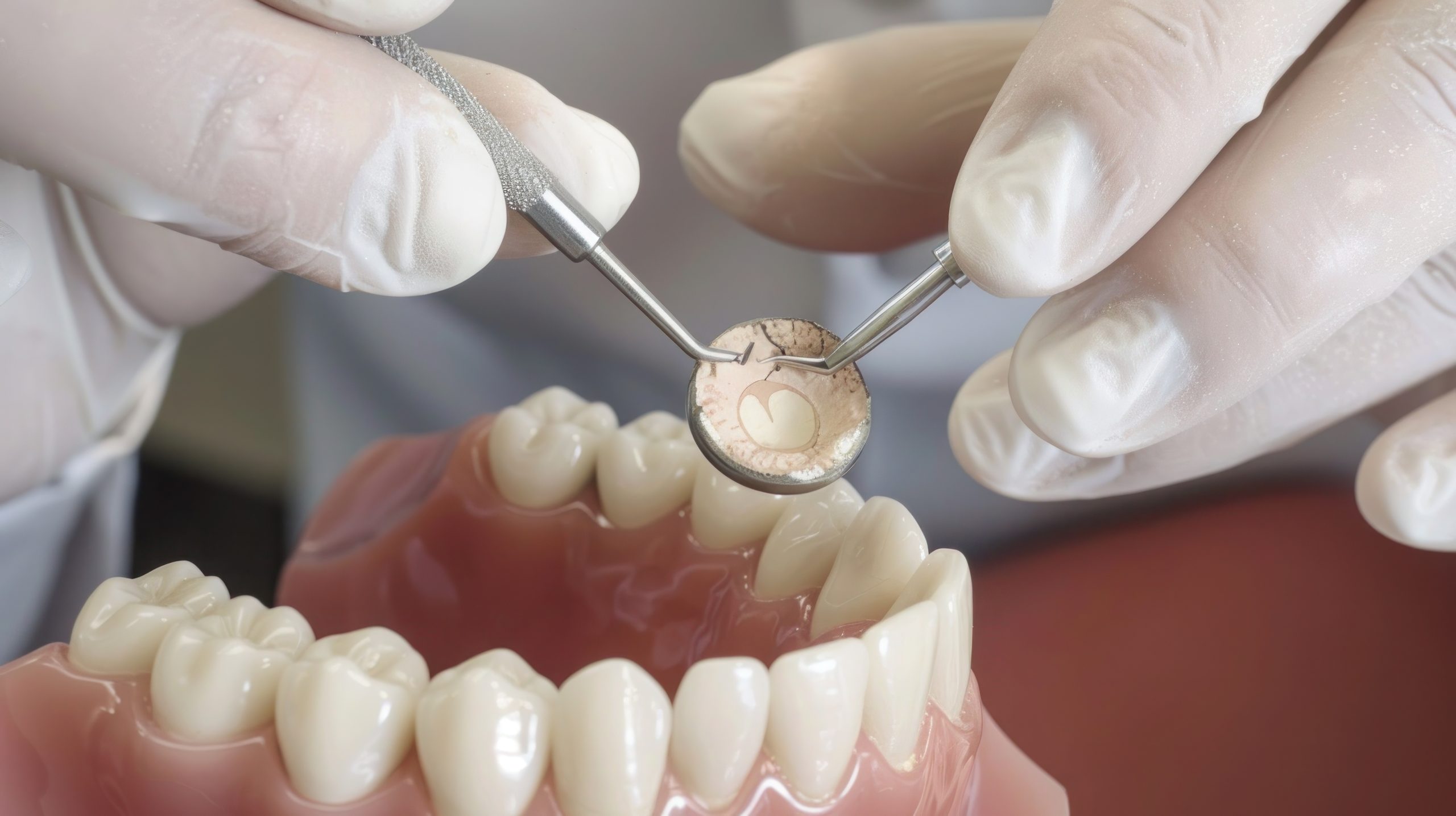
Where you ever told that you don’t have sufficient bone for Dental Implants?
We can help!
Sinus Lift Surgery:
A sinus lift is a specialized surgical procedure that adds bone to the upper jaw in the area of the molars and premolars, just below the sinus cavities. This procedure is often necessary when there is insufficient bone height in the upper jaw to securely support a dental implant.
Why Is a Sinus Lift Needed?
When teeth are lost in the upper back region of the mouth, the jawbone in that area begins to shrink over time. Additionally, the maxillary sinus—a hollow cavity located above your upper jaw—can expand downward into the space once occupied by bone.
This combination can leave too little bone to safely place a dental implant. A sinus lift rebuilds the lost bone height and lifts the sinus membrane to make room for new bone growth.
Common reasons for a sinus lift include:
- Bone loss due to missing teeth or periodontal disease
- Naturally thin bone in the upper jaw
- Sinus expansion into the jaw area (pneumatization)
- Preparation for one or more dental implants
How the Procedure Works:
During a sinus lift procedure:
- A small opening is made in the upper jawbone near the sinus area.
- The sinus membrane is gently lifted upward.
- Bone graft material is placed in the space between the jawbone and sinus cavity.
- The area is sutured, and healing begins.
The bone graft can be your own bone, donor bone, or a synthetic material—chosen based on your needs and health.
Healing and Implant Placement
After a sinus lift, the bone will need 4 to 9 months to fully heal and integrate. Once this new bone becomes strong and stable, dental implants can be safely placed.
In some cases, if enough bone remains at the time of surgery, the implant may be placed at the same time as the sinus lift.
Benefits of Sinus Lift Surgery
- Enables placement of dental implants in areas with bone loss
- Restores jawbone height and structure
- Improves long-term implant success
- Maintains facial harmony and bite alignment
Ridge Augmentation
Ridge augmentation is a specialized surgical procedure used to restore the natural contours of the jawbone and gum tissue that may have been lost due to tooth extraction, trauma, or advanced periodontal disease.
When a tooth is removed, the surrounding bone can begin to deteriorate or collapse, leaving an indentation or ridge defect in the jaw. This can compromise the appearance of the smile and limit options for tooth replacement—especially dental implants.
What Is Ridge Augmentation?
Ridge augmentation involves the placement of bone graft material into the affected area to rebuild the height and width of the jawbone. In some cases, soft tissue grafting is also performed to improve gum contours for a more natural appearance.
Benefits of Ridge Augmentation
- Restores natural jaw and gum contours
- Creates a strong foundation for future implants
- Improves facial aesthetics and oral function
- Helps prevent further bone loss
Dr. Sperling uses advanced techniques and grafting materials to ensure optimal healing and long-term results. Ridge augmentation is a safe and effective way to restore your smile’s foundation and support lasting dental health.
Cosmetic Procedures
Aesthetic Crown Lengthening
Aesthetic crown lengthening is a safe, effective way to achieve a more confident, natural-looking smile, particularly in cases where teeth appear “too short” or are partially hidden by excess gum tissue—a condition often referred to as a “gummy smile.”
During the procedure, Dr. Sperling carefully reshapes the excess gum and underlying bone tissue to expose more of the natural tooth structure and create a more balanced, harmonious gum line. This not only improves the overall aesthetics of your smile but also lays the foundation for further cosmetic enhancements.
To complete the transformation, your general dentist may later recommend reshaping the exposed teeth and restoring them with full crowns or veneers for an ideal esthetic outcome.
Before
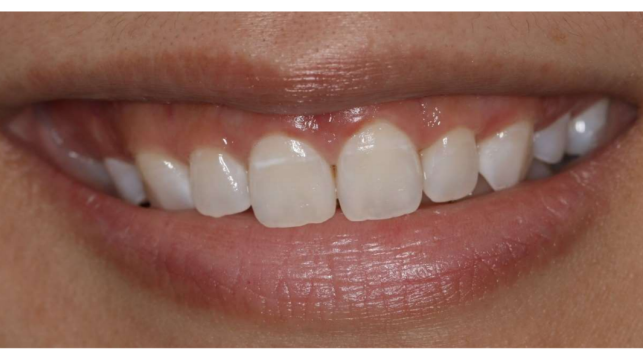
After

Gum Grafts (Roots coverage Grafts / Soft Tissue Grafting)
Gum grafting is a highly effective procedure used to treat exposed tooth roots resulting from gum recession. This treatment not only improves the esthetic appearance of the smile but also strengthens the attached gum tissue, helping to prevent further recession.
During the procedure, Dr. Sperling carefully places grafting material—often using tissue from the patient’s own palate or a biocompatible substitute—over the exposed root surfaces. This promotes healing and encourages the growth of new, healthy gum tissue.
Benefits of root coverage grafting include:
- Enhanced esthetics by covering visible root surfaces
- Increased gum thickness and resilience
- Reduced tooth sensitivity to hot and cold
- Protection against root surface decay and wear
- Prevention of further gum recession
This minimally invasive treatment can greatly improve both the health and appearance of your smile.
Before
Case #1 Before
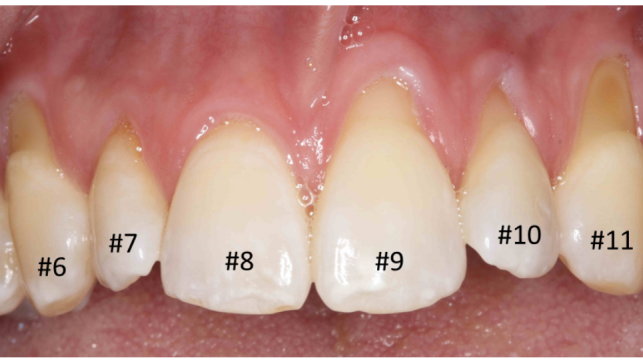
Case #2 Before

After
Case #1 After

Case #2 After
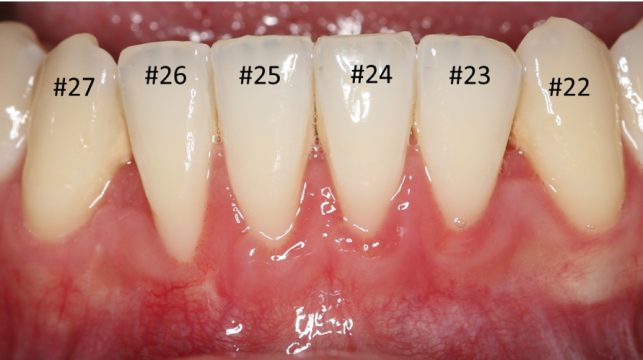
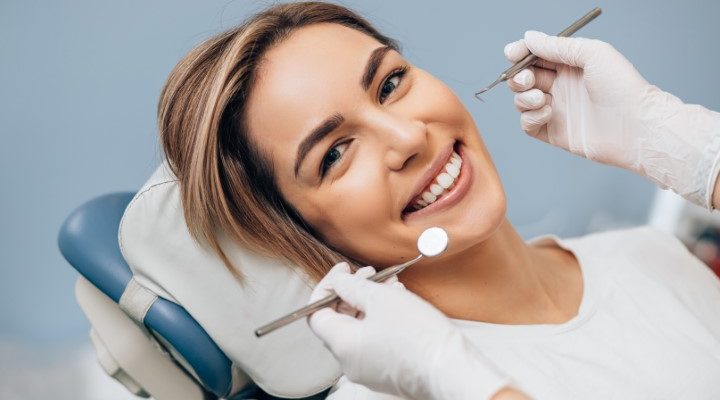
Tel: (571) 234-1344 Mon – Fri 8 AM – 5 PM
email us at info@novaperio.com or fill the Contact Form
